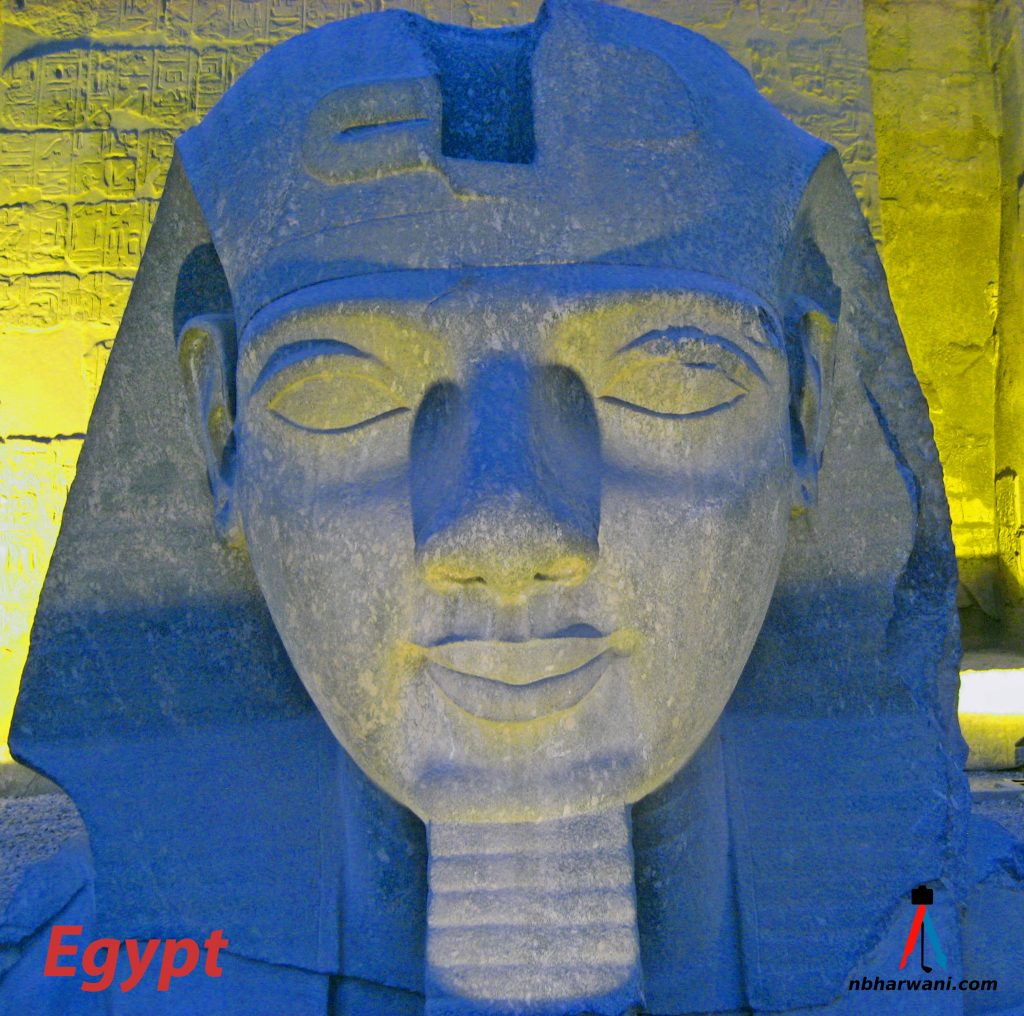The Canadian Cancer Society recommends that all women 50 to 69 years of age be screened for breast cancer every two years, using mammography. But mammography is less useful in identifying cancerous tissue in women with dense breasts; that is, women whose breasts have less fatty tissue but have more fibrous tissue.
In Canada, more than one million women (that is 50 per cent of women) who are 50 to 69 years old have dense breasts. Mammography is not a good test for picking up breast cancer in women with dense breasts. These women are being offered an additional test in the U.S. at a cost of about U.S. $2000 (two thousand). This test is called molecular breast imaging (MBI). This is not the first line of investigation for breast lumps. All women who are eligible for breast screening first undergo mammography and if necessary ultrasound to see if a lump is solid or cystic. Women with dense breasts then can be offered MBI if the mammogram is negative.
In a study from Mayo Clinic, 2600 women with dense breasts underwent mammogram and then MBI. Thirty two per cent of women were found to have breast cancer. Of these only eight breast cancers were picked-up by mammogram alone but 29 breast cancers were picked up by mammography plus MBI. This test is four times better than mammogram alone, is less painful and gives better pictures. However, this is not the final answer. More research is in progress to see how the results can be improved.
MBI is not going to replace mammography. Mammograms will remain the gold standard in breast cancer screening and will continue to be the standard first step in breast cancer detection. Use of MBI, MRI (magnetic resonance imaging) and ultrasound will continue to serve special populations of patients who need tests beyond a mammography.
Breast MRI is not recommended as a screening tool for women who are at average risk of developing breast cancer. It is better than mammogram but a major disadvantage is that breast MRI screening results in more false positives. In other words, the test finds something that initially looks suspicious but turns out not to be cancer. To avoid unnecessary biopsies MRI screening is reserved for high-risk women only. MRI is also more expensive and not widely available.
In conclusion, mammograms are probably the most important tool doctors have, not only to screen for breast cancer, but also to diagnose, evaluate, and follow people who’ve had breast cancer. It is safe and reasonably accurate. The technique has been in use for more than 50 years. MBI is still being tested, but it appears to hold promise for detecting breast cancer in women who are at higher-than-average risk for the disease and have dense breasts. Ultrasound and MRI is used for special cases.
Start reading the preview of my book A Doctor's Journey for free on Amazon. Available on Kindle for $2.99!
